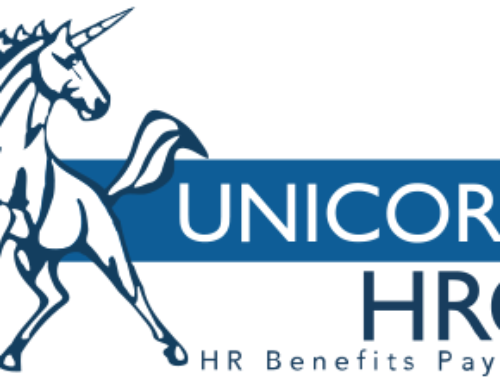The increasing emergence of new innovative technologies is a trend that should concern every HR staff member. In the past, many companies have been slow to incorporate such innovations into their day-today business. Consequently, they have fallen behind in competition and productivity when compared with businesses that have embraced such technologies. In order to ensure that their business can continue to thrive, grow, and be more productive, HR needs to be up-to-date on these technologies which can disrupt the company when they are not utilized. Below are just a few ways that disruptive technologies can be used to improve HR workflow as well as your company’s performance.
Increased employee use of HR Systems
HR systems in the past tended to be supervised solely by HR managers and run on mainframes which collected and stored employee data, managed payroll, performance reviews, as well as many other tasks associated with HR. Today, these systems have changed, embracing more of a “self-service” method so that employees can easily use them. Job recruitment, for example, has seen the disappearance of applicant tracking systems and paper based practices previously used to find the right candidate for the job. Today, applicants tend to upload their LinkedIn profile when applying for a job, or utilize mobile technologies such as apps, making it easy to apply for a job in a few clicks. Employees can use these systems to manage their attendance, vacation time, or use them to supply feedback, which can then be accessed by HR staff. The availability of such new technologies need to be utilized not just to make things easier for prospective employees, but also to make life easier for HR staff and improve workflow and productivity.
The increasing importance of data analysis
In the past, endless filing and paperwork seemed to be a hallmark of HR. However, with the emergence of data analysis software, HR staff are finding that they are able to not only better organize employee records and applications, but also can better analyze employee situations. Using such software has, in some cases, actually improved the quality of new hires and has helped to analyze and reduce employee turnover. Expenses can be better monitored to protect the company’s bottom line, and assessment of overall employee performance can be made much easier for HR staff to analyze.
How technologies can improve employee engagement
Many HR staff at various companies have found that employing these new technologies makes it easier to engage with employees while training them as well as getting their feedback. Rather than having to wait for reports to come in or taking time to communicate ideas to employees in a top-down manner, the HR systems of today have become more real-time. For example, while in the past HR has carried out annual or semi-annual surveys to employees on important company issues, newer systems employ surveys that provide more immediate feedback. HR staff find that when they want to receive feedback on issues such as business strategies, changes in the organization, or any new projects, they can now utilize these systems to get up or down votes from employees. This allows HR to understand the views of employees, communicate these opinions better to management, and ensure better communication between all parties.
By embracing new technologies and updating outmoded practices and systems, HR staff can find that these Technology Disruptors do not need to disrupt day-to-day businesses. Instead, taking advantage of these new innovations can not only improve organization and analysis of data, but can also save money for the company, as well as improve communications between employers and employees.

